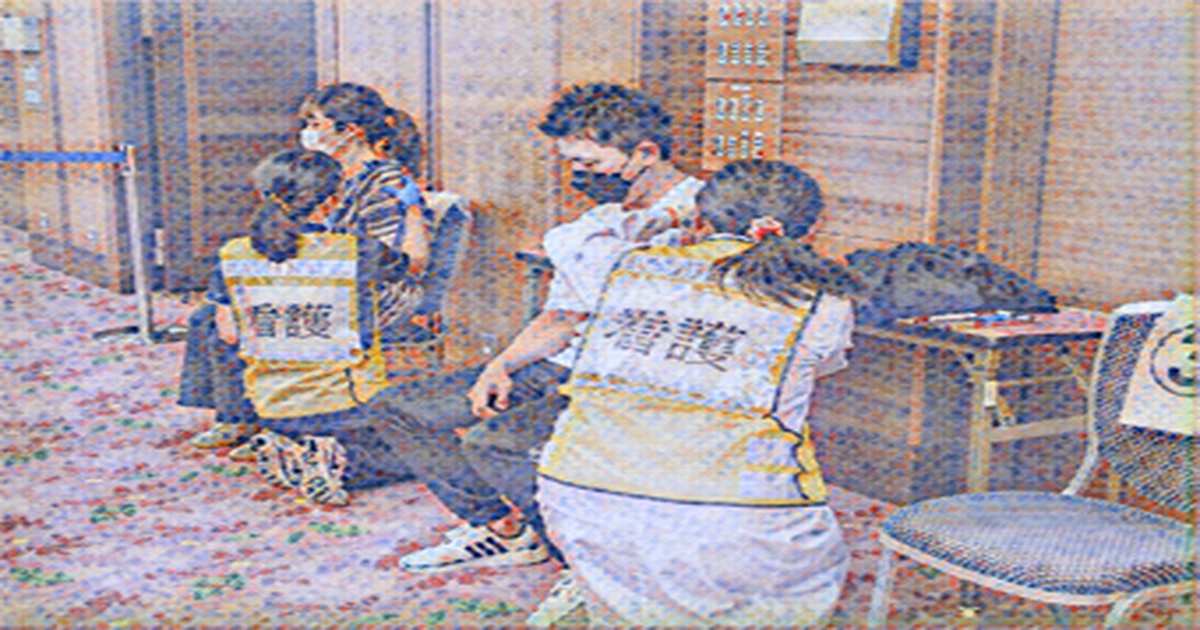
Fewer large group infections of COVID -19 had broken out during the fifth wave of the pandemic, possibly thanks to Japan s successful vaccination rollout, according to experts.
Vaccinations have caused a decline in the rate of secondary infections, so the size of clusters is getting smaller, said Takaji Wakita, who chairs the health ministry advisory board on countermeasures against the COVID - 19 outbreak, at an Oct. 13 news conference.
This is supported by new research from Tohoku University professor Hitoshi Oshitani and other experts who analyse cluster infections in Japan.
The researchers found that greater clusters of 10 or more people accounted for 58 percent of the total during the first wave in spring 2020. The figure fell to 42 percent during the fifth wave this summer.
As of Oct. 11, they reported infection clusters of five or more people examined that did not reside there.
They compared the rates of different cluster sizes and locations across the different waves. The research did not take unreported clusters into account.
In the first wave, between March and May 2020, officials recorded a total of 193 clusters.
Clusters with five to nine people accounted for 43 percent, while clusters of 10 and 24 people accounted for 36 percent
Clusters of 25 to 49 people at 11 percent, clusters of 50 to 99 at 8 percent and clusters of 100 or more at 2 percent.
That changed by the fifth wave that occurred between July and September this year, which logged 3,176 cluster cases.
Clusters increased with five to nine people to 58 percent. But clusters of 10 to 24 people dropped to 33 percent, while clusters of 25 to 49 people fell to 7 percent and the final two categories - 50 to 99 people and 100 or more - each dropped to around 1 percent.
Meanwhile, clusters that broke out at medical institutions had decreased over the course of the pandemic. They made 35 percent of the locations during the fifth wave, but only 5 percent during the first wave.
The most frequent location during the fifth wave was workplaces, at 31 percent, followed by school and educational facilities at 16 percent and child care facilities, including kindergartens, at 16 percent.
Wakita chalks up the decline in clusters at medical institutions to stricter anti-virus measures.
The analysis was presented during the Oct. 13 panel meeting that preceded the advisory decision.
